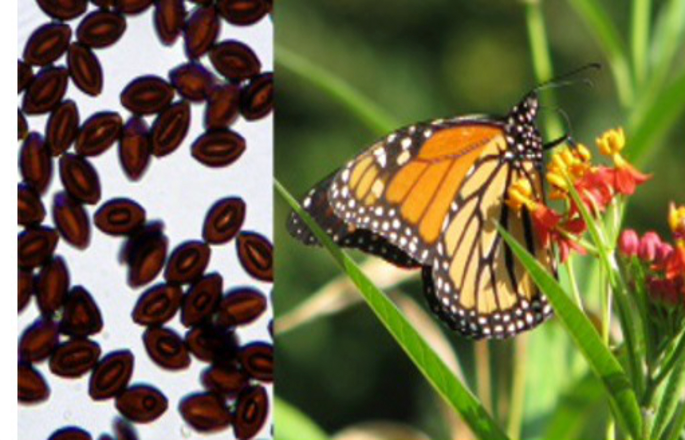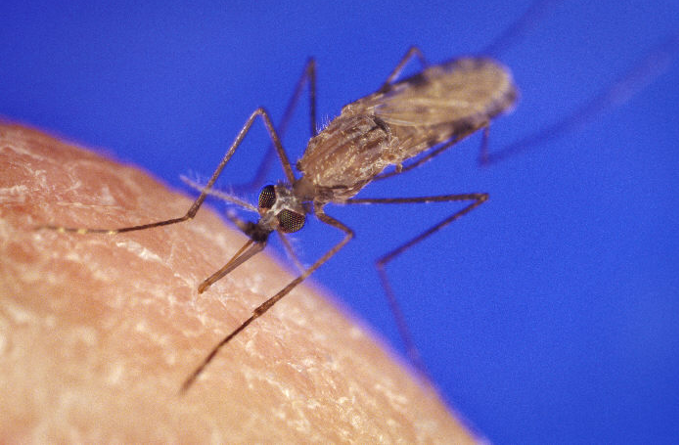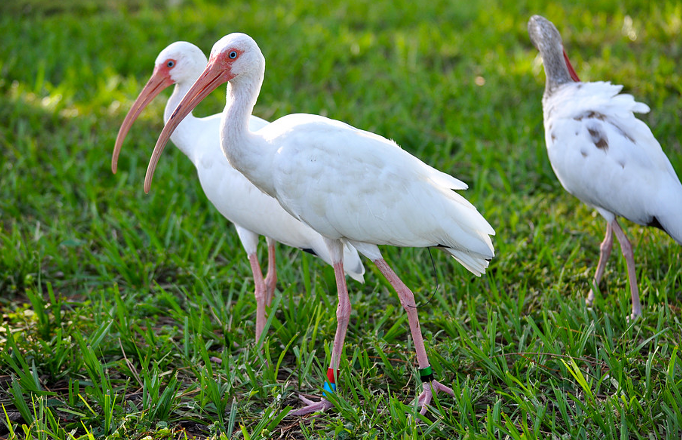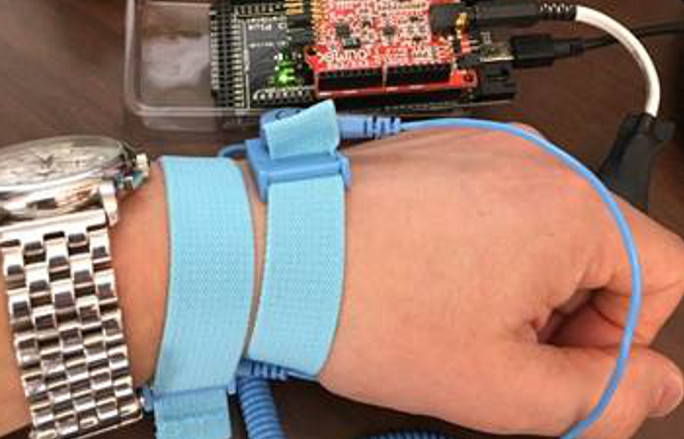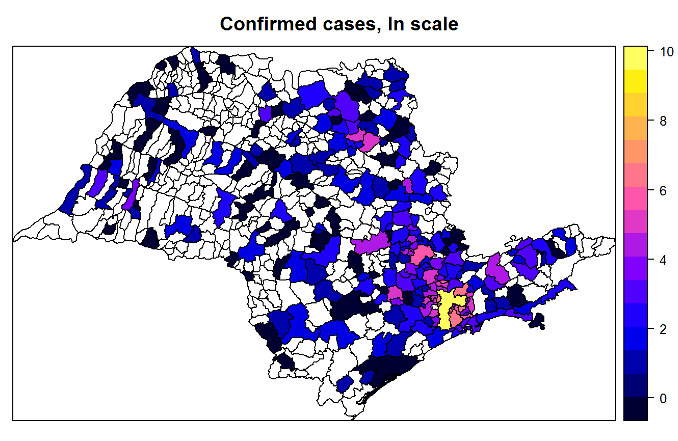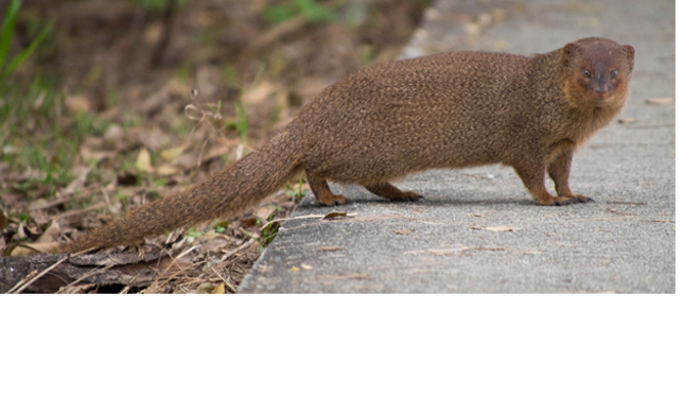A protozoan parasite weakens the stress reaction of monarch butterflies
Jovani Raya, a student from Abaraham Baldwin Agricultural College, worked with Dr. Sonia Altizer and Dr. Andy Davis to study the effect of infection on the stress reaction of monarch butterflies. Abstract: The protozoan parasite Ophryocystis elektroscirrha (OE) affects the adult mortality, longevity, body size, and flight ability of monarch butterflies (Danaus plexippus). However, very

